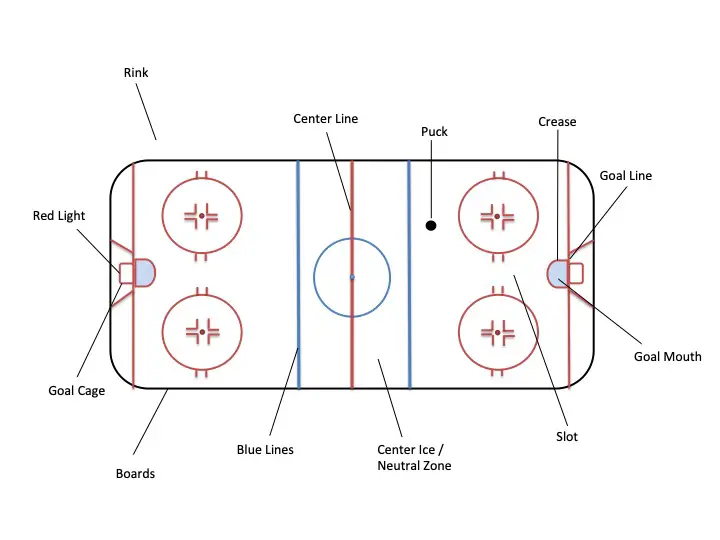99 Common Hockey Terms: Getting Familiar with Hockey
Starting a new sport can sometimes feel like learning a new language. Some terms may already be common, like Zamboni (the machine used to prepare a new sheet of ice before a game or between periods), or stickhandling (to control the puck along the ice). Other terms may sound completely foreign, such as an Odd Man Rush (when the number of offensive players heading into the attacking zone is greater than the number of defender), or ragging the puck (when a player kills of penalty time against his time by circling back towards his own goal while in possession of the puck). Lack of communication between players and coaches can cause delays and challenges on the ice, but clear communication can take a team to victory. Get familiar with the language of hockey using the directory below.
Find great local coaches on Travelsports here!

Blue Lines: The two one-foot wide blue lines that extend across the ice at a distance of 60 feet from each goal. These lines break up the ice into attacking (offensive), neutral and defending zones.
Boards: The wooden wall surrounding the rink that keeps the puck in play.
Center Ice: The neutral area between the two blue lines.
Center Line: The red stripe that extends across the ice, midway between the two goals.
Crease: The area directly in front of the goaltender. It is four feet wide and eight feet long and marked off by red lines and is painted light blue. Offensive players who do not have possession of the puck may not enter.
Goal Cage: Another name for the net or goal.
Goal Line: The red line, which runs between the goal posts and extends in both directions to the sideboards.
Goal Mouth: The area just in front of the goal and crease lines.
Neutral Zone: The area between the blue lines in the center of the ice (also called center ice).
Puck: The hard-vulcanized rubber disc that players try to shoot past the goalie for a goal.
Red Light: The light behind each goal that a goal judge activates to signify a goal (in other words that the entire puck has crossed the goal line inside the goal posts).
Rink: The playing surface of ice.
Slot: A prime scoring area located between the faceoff circles and in front of the goal.
Check out https://travelsports.com/ for more on youth hockey in your area!
